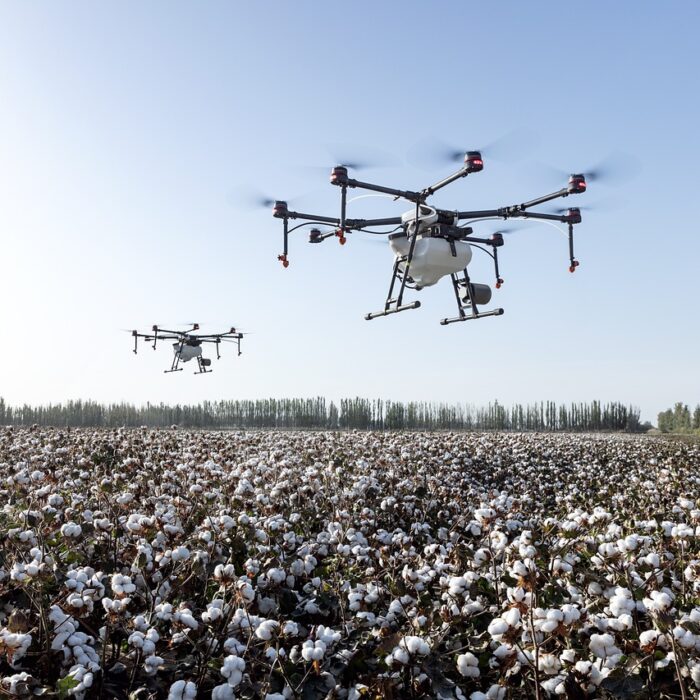Recognizing your employees more often can lead to higher engagement levels and greater productivity. But have you ever wondered why? Employee recognition is based in human psychology, and understanding these factors can help you create and implement more effective programs for showing appreciation.
The proven power of employee recognition
Before diving into the psychology behind employee recognition, it helps to understand the proven benefits of showing appreciation for your workers.
To start, 85 percent of companies that spend just 1 percent or more of their payrolls on employee recognition see a positive impact on engagement levels. Organizations that have robust recognition programs have seen employee engagement jump by almost 60 percent. And praise from managers even surpassed financial rewards as the No. 1 motivator for performance, according to a McKinsey study.
In addition to greater engagement, recognition increases retention. Gallup research found that a lack of appreciation is the top reason that most Americans quit their jobs. Companies that had strong recognition programs saw a 23.4 percent drop in employee turnover compared to companies that had no such programs.
Recognition also helps your company’s bottom line – businesses that valued recognition are 12 times more likely to see strong business results. The benefits of recognizing employees are clear – but why does showing appreciation work? By understanding the reasons, employers can craft an effective recognition strategy.
The psychological reasons why employee recognition works
Below is an overview of some of the major psychological concepts that help explain why employee recognition is so effective:
Maslow’s hierarchy of needs
Maslow’s hierarchy of needs maintains that there are five types of human needs, and that individuals must fulfill certain needs before moving on to others. At the bottom of the pyramid are physiological needs like food and rest, followed by safety. Then the needs become belonging and love, esteem, and, at the top, self-actualization.
Maslow’s pyramid is a motivational theory. Humans’ first need is for physical security and welfare, and once these are accomplished, they feel motivated to fulfill the next needs of belonging and purpose.
The hierarchy relates to workplace recognition because once individuals have a job and income, they are naturally going to want to feel a sense of belonging and esteem from their career, which recognition can provide.
As Barbara Fredrickson, senior scientist at The Gallup Organization, said in an interview: “When people feel like they’re being recognized as a human being on the other side of a transaction, as opposed to being the transaction, then they have a more positive response. And by showing employees appreciation, you recognize them for their value.
All about dopamine
Employee recognition is powerful in a very biological way, too. When employees receive recognition for their work, dopamine is released in their brains, similar to how people feel a sense of happiness when they are engaging in a favorite activity, spending time with a loved one or receiving a gift. To put it simply, when something pleasurable happens, dopamine neurons light up, and as a result people feel good.
Being applauded for a job well done activates these neurons. Feelings of recognition can be very powerful – in fact, the Japanese National Institute for Psychological Sciences found that being paid a compliment activates the same part of your brain as receiving money.
But it’s not just about feeling good – it’s also about feeling like you’re being treated fairly. If people believe they are being treated fairly, their dopamine neurons are activated and they are more interested in collaborating with others and embracing new ideas, a Maritz Institute paper explained. So not only does recognition help your employees feel good, but it also helps create a more connected and creative workplace overall.
Intrinsic/extrinsic motivation
Intrinsic motivation is that which comes from within – it is displayed when people do things to better themselves. Extrinsic motivation comes from outside sources, and is seen when employees work extra hard to hit a quota, for example. Employee recognition is effective because it responds to both of these motivators. Showing appreciation for employees’ work is a testament to their value and affirms that they are talented, successful individuals (intrinsic motivation) while the praise also has the effect of being an award earned and given by a manager, an outside source (extrinsic).
The perception of fairness also comes into play again here. Research shows that workplaces that prioritize treating employees fairly are more likely to promote intrinsic motivation, as The Maritz Institute noted. Higher feelings of intrinsic motivation in turn lead to better performance and job satisfaction.
Positive reinforcement
When people receive praise for something, they are more likely to do that something again, and that’s another key factor driving the effectiveness of employee recognition.
Positive reinforcement isn’t just about giving a reward when someone accomplishes something great – it’s also about building positive relationships. Every time you recognize an employee, you’re strengthening both your emotional connection with them and the emotional connection the employee feels with the company. Showing gratitude builds feelings of loyalty, as Fredrickson noted in her interview with Gallup.
“Theorists talk about how one way of repaying gratitude is with loyalty,” she said. “And if you can harness that and find ways to make people feel grateful for what you’ve done for them, they’re more likely to repay you with loyalty.”
Supports a sense of pride and purpose
Having a sense of purpose in their work is tantamount to both employees’ well-being and a business’ bottom line. “Active disengagement” at work causes companies in the U.S. to lose $450 billion to $550 billion each year, according to a study by Gallup. And the majority of American workers aren’t finding motivational meaning in their current work, with 70 percent saying they’re either “not engaged” or “actively disengaged” in their work.
Employee recognition acts as that missing piece that can help provide this sense of purpose. Being shown appreciation for their work creates a greater sense of self-esteem and accomplishment for employees, which then fuels a deeper sense of pride in their job, as a paper from the The Great-West Life Centre for Mental Health in the Workplace explained.
Employee recognition works because it responds to a range of innate psychological needs and desires. With this knowledge, your company can create successful recognition programs that have lasting results.
Published: March 4, 2022
By: Grace McCoy, Marketing + Communication Strategist
Source: www.successories.com




